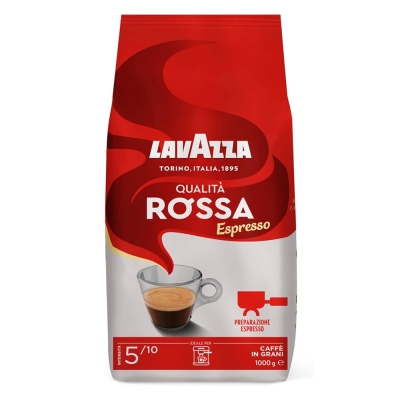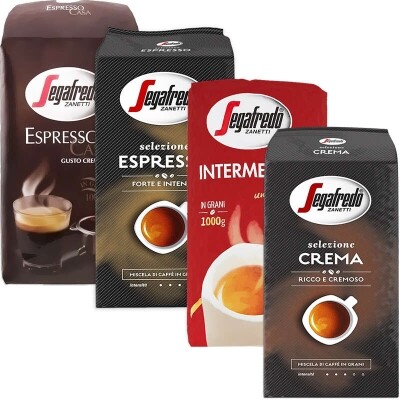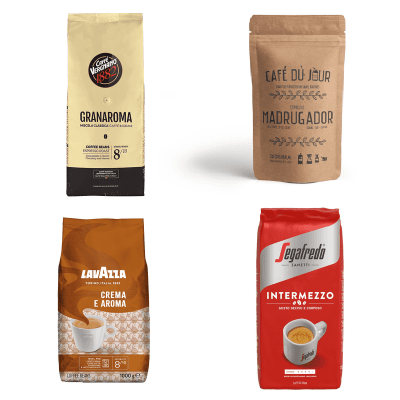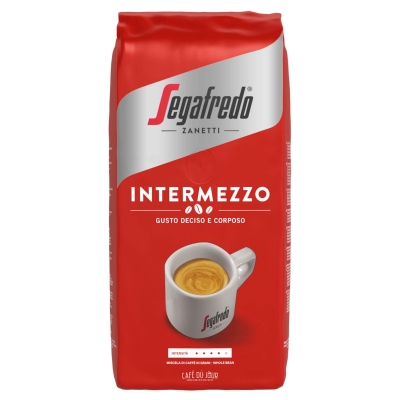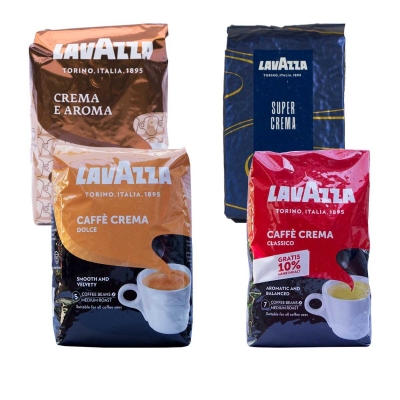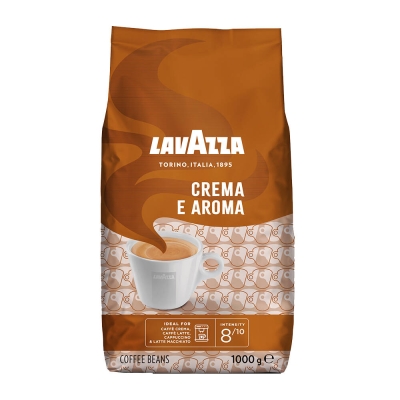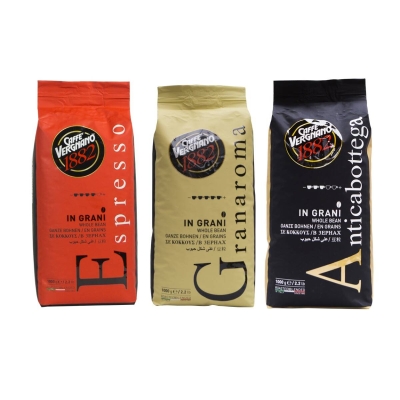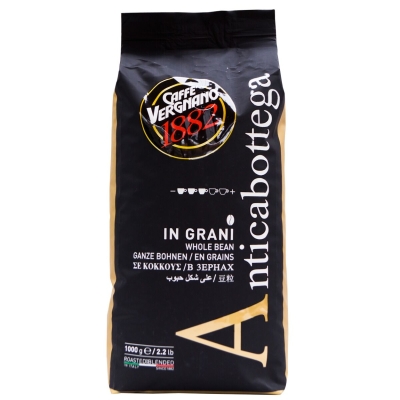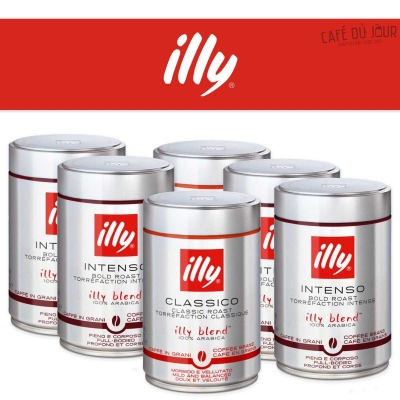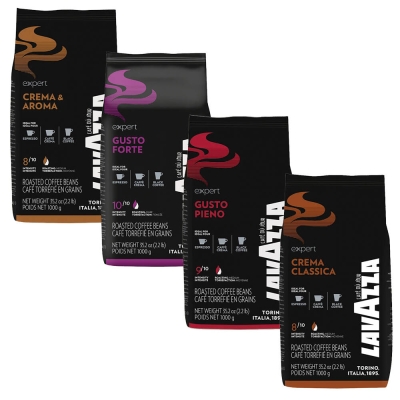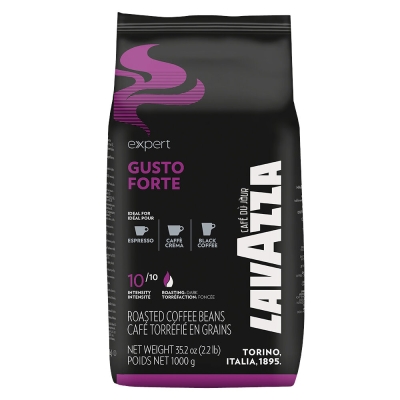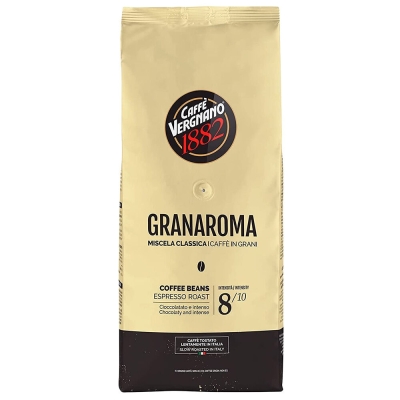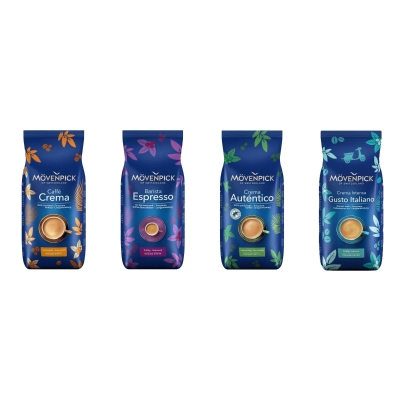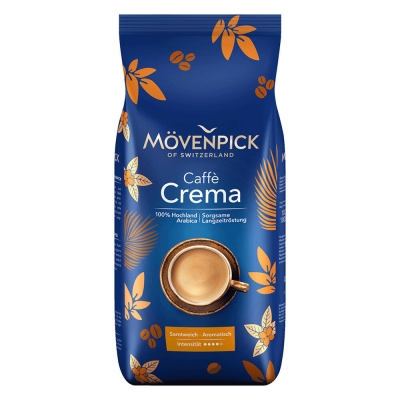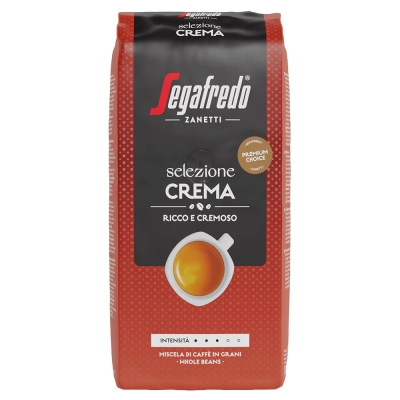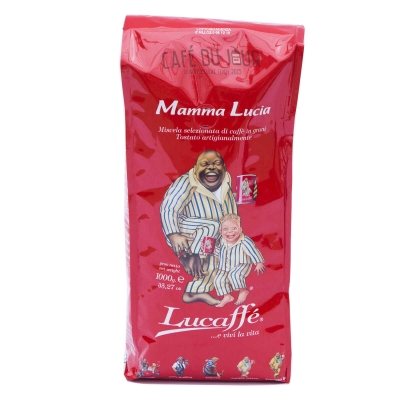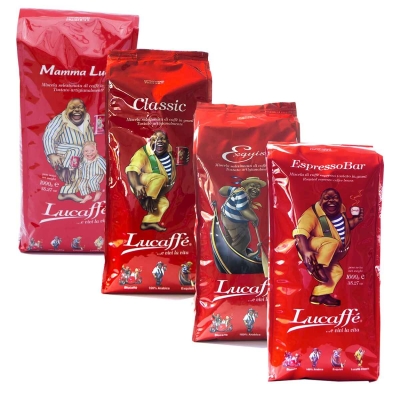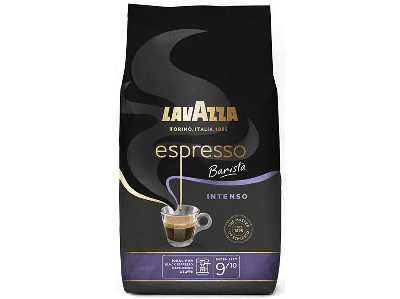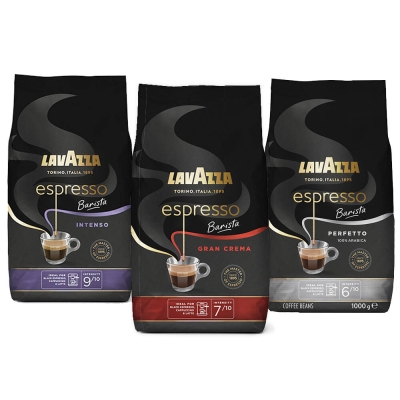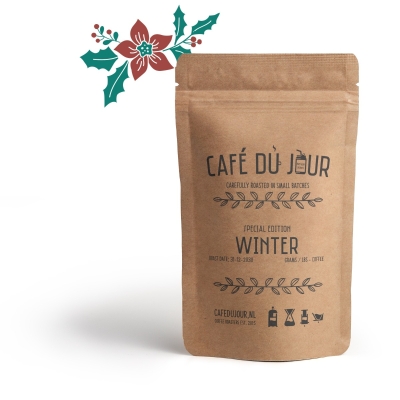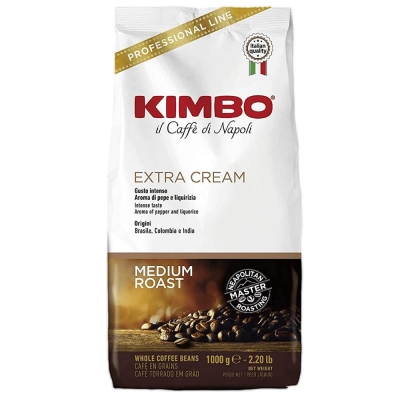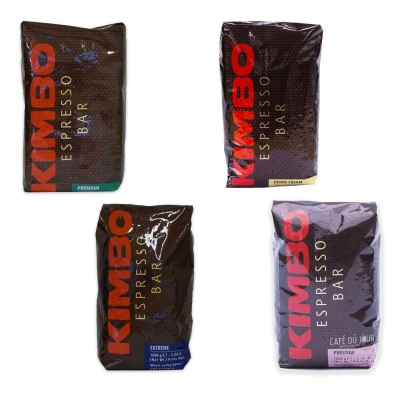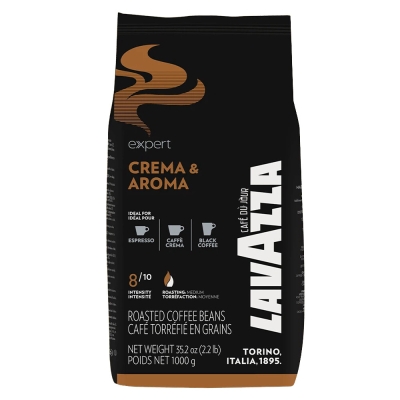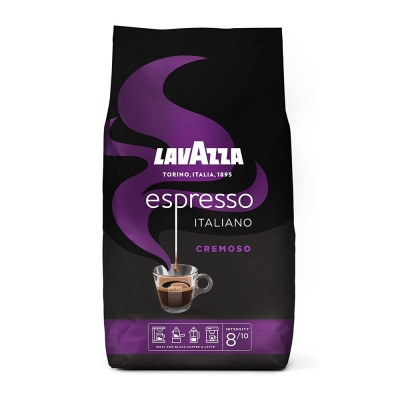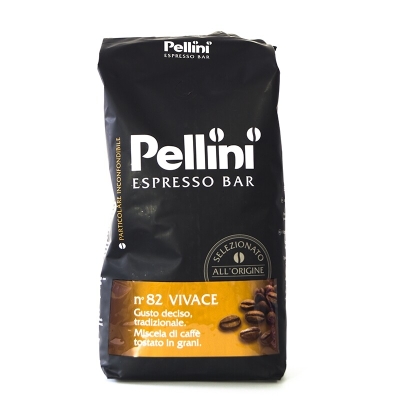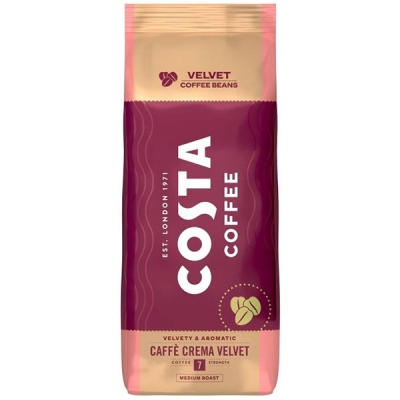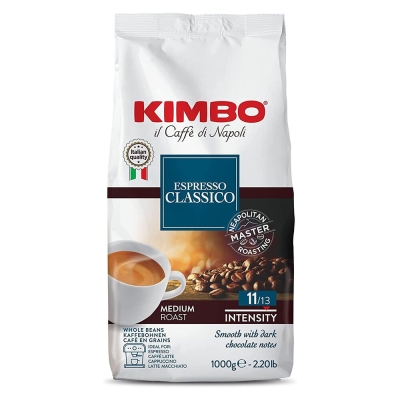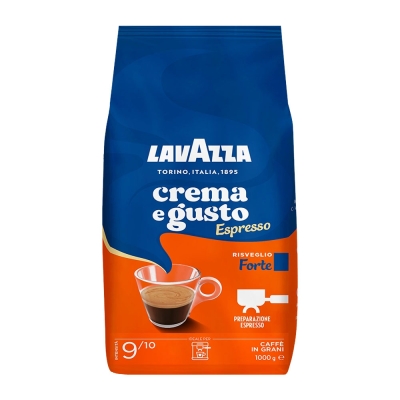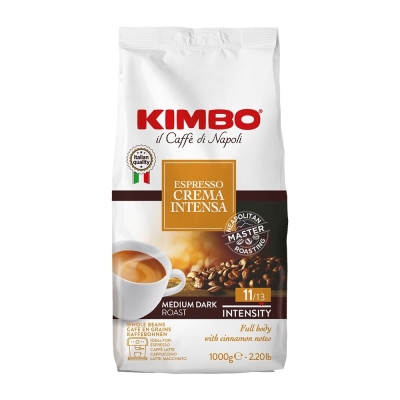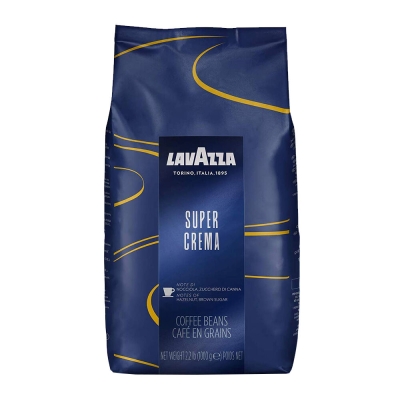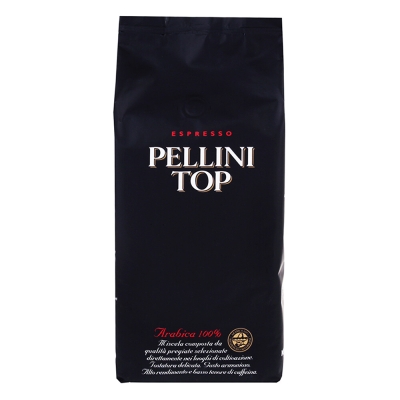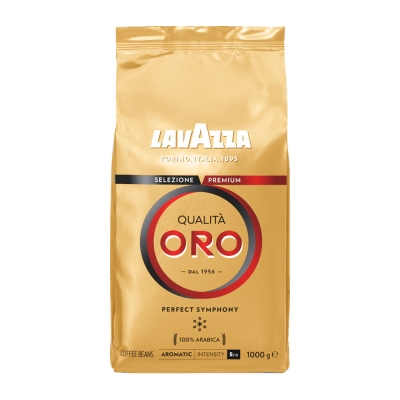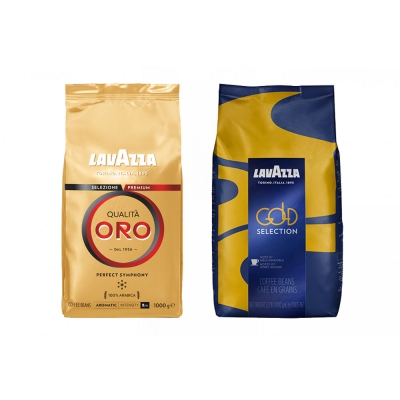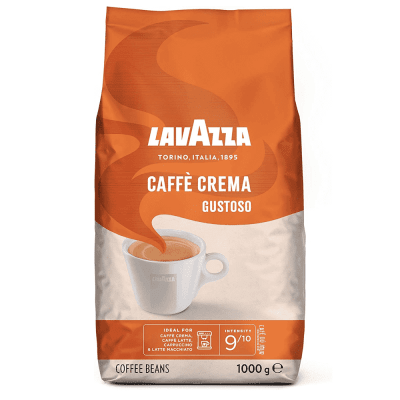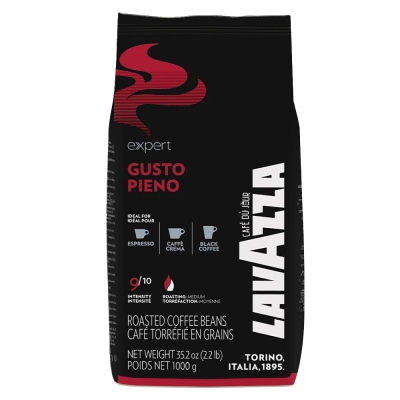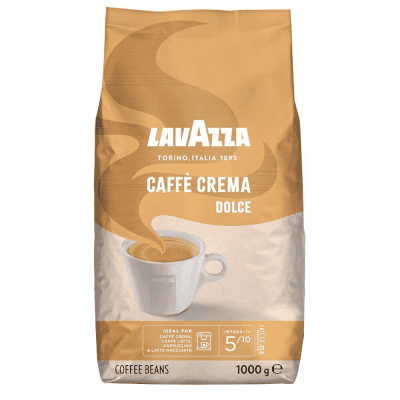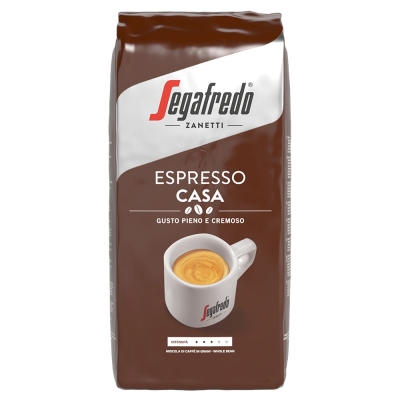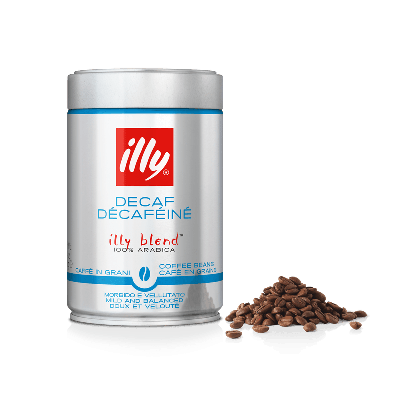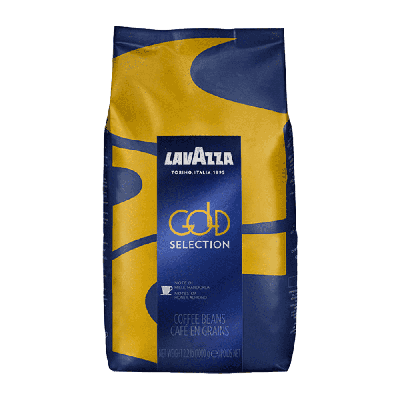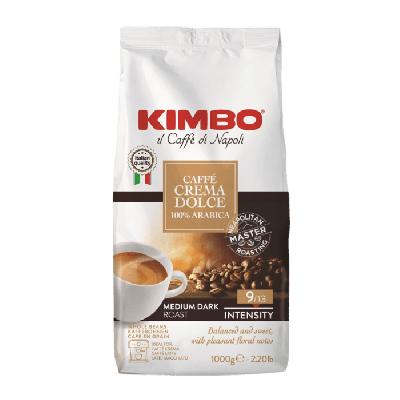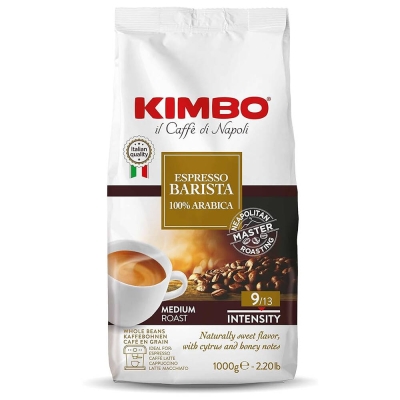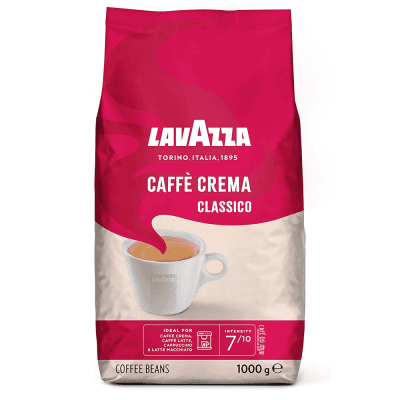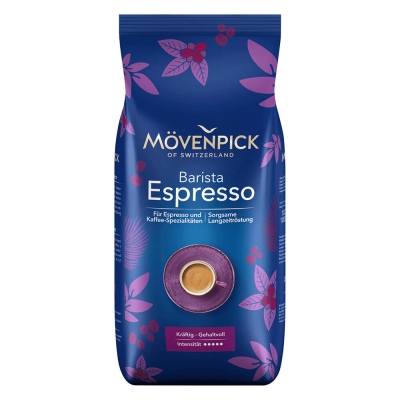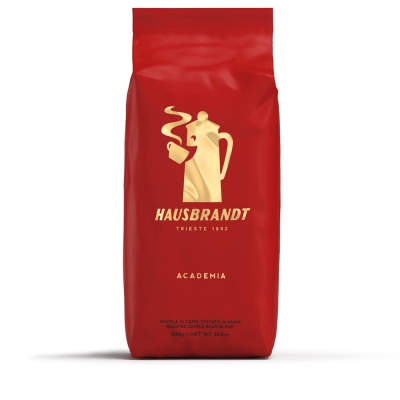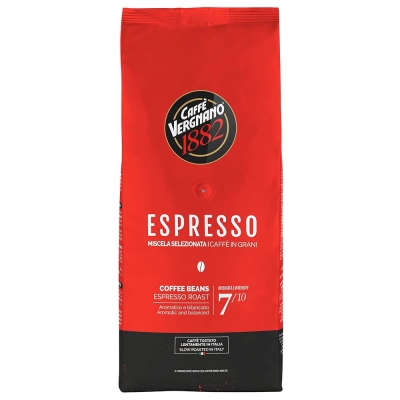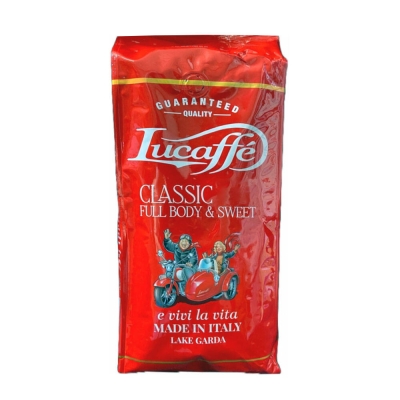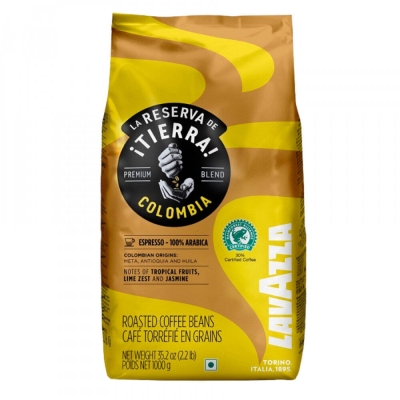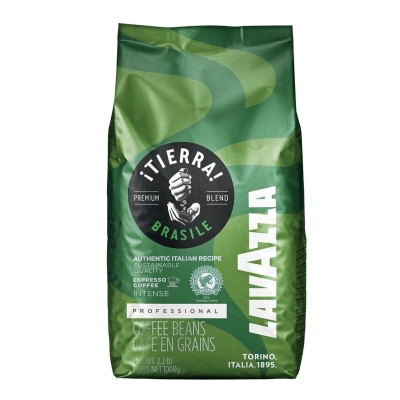Espresso coffee

- Lavazza Qualita Rossa - coffee beans - 1 kiloChocolate, Nutty 5 - RegularAs low as 19.0119.01 / kg
- Segafredo Preview Package 4 x 1KG coffee beansVarious flavours 7 - Powerful
58.62 Regular Price 64.42
- Coffee beans package - Most sold - 4 x 1 kiloVarious flavours 10 - Very powerful
69.71 Regular Price 74.58
- Segafredo Intermezzo - coffee beans - 1 kiloChocolate, Maple Syrup, Black Tea 8 - PowerfulAs low as 12.5912.59 / kg
- Lavazza Crema e Aroma - coffee beans - 1 kiloChocolate, Nutty, Honey 8 - PowerfulAs low as 18.4518.45 / kg
- Caffè Vergnano 1882 preview package - coffee beans - 3 x 1KGCaffè Vergnano 1882
53.38 Regular Price 58.85
- Caffè Vergnano 1882 Antica Bottega - coffee beans - 1 kiloChocolate, Fruity 5 - RegularAs low as 17.6517.65 / kg
- Lavazza Expert Gusto Forte - Coffee beans - 1 KGChocolate, Spiced 13 - Very powerfulAs low as 16.2616.26 / kg
- Caffè Vergnano 1882 Gran Aroma - coffee beans - 1KGChocolate 8 - PowerfulAs low as 17.2717.27 / kg
- Segafredo Selezione Crema - coffee beans - 1 kiloChocolate, Nutty, Vanilla, Licorice 6 - RegularAs low as 15.3915.39 / kg
- Lavazza Espresso Barista Intenso 1 kilo coffee beansChocolate, Fruity 9 - Very powerfulAs low as 23.2123.21 / kg
- Café du Jour Winter Coffee - Fresh Coffee BeansChocolate, Spiced, Nutty 7 - PowerfulAs low as 8.9519.95 / kg
- Kimbo Espresso Bar Extra Cream - coffee beans - 1 KGChocolate, Nutty 10 - Very powerfulAs low as 16.0916.09 / kg
- Lavazza Expert Crema & Aroma - coffee beans - 1KGChocolate, Fruity 8 - PowerfulAs low as 18.2618.26 / kg
- Lavazza Espresso Cremoso - coffee beans - 1 kiloChocolate, Fruity 8 - PowerfulAs low as 19.0119.01 / kg
- Pellini Espresso Bar No 82 Vivace - coffee beans - 1 KGChocolate, Fruity 7 - PowerfulAs low as 16.0416.04 / kg
- Costa Coffee Caffè Crema Velvet - coffee beans - 1 kiloSpiced 7 - PowerfulAs low as 16.4516.45 / kg
- Kimbo Espresso Classico - coffee beans - 1 kiloChocolate 11 - Very powerfulAs low as 15.0215.02 / kg
- Lavazza Crema e Gusto Espresso Forte - coffee beans - 1 kiloChocolate 9 - Very powerfulAs low as 18.0618.06 / kg
- Kimbo Espresso Crema Intensa - coffee beans - 1 kiloSpiced 11 - Very powerfulAs low as 15.8815.88 / kg
- Lavazza Caffè Crema Gustoso - coffee beans - 1 kiloChocolate, Spiced 9 - Very powerfulAs low as 18.2518.25 / kg
- Lavazza Expert Gusto Pieno - coffee beans - 1 kiloChocolate, Caramel 9 - Very powerfulAs low as 16.6916.69 / kg
- Lavazza Caffè Crema Dolce - coffee beans - 1 kiloFloral, Caramel 7 - PowerfulAs low as 19.9419.94 / kg
- Segafredo Espresso Casa - coffee beans - 1 kiloChocolate, Spiced, Caramel, Honey, Almonds 8 - PowerfulAs low as 13.5413.54 / kg
- illy Decaf - coffee beans - 250 gramFloral, Fruity, Nutty, Caramel 7 - PowerfulAs low as 6.0424.16 / kg
- Kimbo Espresso Barista 100% arabica - coffee beans - 1 kiloHoney 9 - Very powerfulAs low as 17.3517.35 / kg
- Lavazza Caffé Crema Classico - coffee beans - 1 kiloFloral, Fruity 7 - PowerfulAs low as 18.2518.25 / kg
- Mövenpick Espresso - coffee beans - 1 KGChocolate, Nutty 10 - Very powerfulAs low as 15.3615.36 / kg
- Caffè Hausbrandt Academia - coffee beans - 1 KGChocolate, Fruity, Nutty 7 - PowerfulAs low as 24.9124.91 / kg
- Lavazza ¡Tierra! Colombia - coffee beans - 1 kiloFloral, Fruity 7 - PowerfulAs low as 27.4827.48 / kg
Espresso coffee
Coffee is one of the most widely enjoyed beverages in the world. It’s tasty and there are loads of varieties to choose from. Plus, coffee drinkers get a bit of a boost because it contains caffeine. Coffee is always made from coffee beans, no matter what type. For those who enjoy convenience, filter coffee from pre-ground beans is grand. Some prefer to brew single-serve coffee using a pod or capsule. But if you’re after top-notch quality, it's recommended to use fresh coffee beans and let your coffee machine do the grinding. This way, you can savour all the flavours and aromas of the freshly ground beans in your cuppa. The basis for many different types of coffee is espresso.
Espresso is one of the most popular coffee drinks around the globe. With its strong and intense flavour, it’s no wonder espresso coffee is a hit with coffee lovers. It’s made by pushing hot water through finely ground coffee under high pressure, producing a small but mighty shot of coffee with an intense flavour. If you're seeking even more intensity and caffeine, try a double espresso, combining two shots into one drink. There's no question that classic espresso and double espresso hold a significant place in coffee culture, whether you’re a fan of the classic or need an extra kick.
How did espresso coffee come into being?
Around 1820, the first coffee machine was invented to brew large quantities of coffee. Back then, modern technology wasn’t a thing, so water was mixed with coffee by filtering it through the machine using steam pressure. The downside was that the ground coffee got burnt by the steam pressure, giving it an incredibly bitter taste. Steam gets hotter than 100° Celsius, while ideal espresso should be brewed at up to 95° Celsius. But this drawback was offset by the new technology, as you could counteract the bitterness by adding lots of sugar. The steam pressure technology persisted for years, complete with its bitter taste, until Italian inventor Luigi Bezzera created a new machine, still using steam pressure but with a different system so that coffee didn’t come into contact with steam. It was also possible to make coffee per cup, known as express or exprimere in Latin, meaning to squeeze. And thus, espresso officially got its name. From then on, particularly in Italy, many coffee producers emerged, each with its own espresso but still reliant on steam-pressure machines. It wasn’t until 1938 that Professor Illy introduced a new machine based on air pressure. This machine's concept is still in use today, although it’s been significantly modernised and such machines now run on electricity.
How is espresso coffee drunk?
Espresso can be considered the national drink of Italy, which is why many espresso versions have Italian names. In Italy, it’s casually called caffè. Folks drink it from morning until night, whether as caffè or as variations like cappuccino. For a proper espresso, use a small espresso cup, which can be tricky to hold with just two fingers. Preheat this cup properly before letting the coffee flow in under the right pressure and temperature. Only then can it rightfully be called espresso coffee. Espresso should be black, hot, and preferably with a bit of sugar for sweetness. Everyone’s taste is different, though, so while some might add sugar, others might prefer it without. Buying an espresso made the right way gives you a real feel of Italy.
Variations of espresso coffee
Not everyone is fond of espresso, as it can be too strong for some. Many people prefer coffees with milk since it softens any bitterness. This is why espresso comes in different varieties, some without milk or foam and others with milk or foam, but always based on espresso coffee:
Caffè doppio
The doppio is essentially a double shot of espresso coffee. Since the amount for one cup isn’t a lot, some might appreciate the doppio more.
Caffè lungo
This uses more water and can be likened to the coffee we’re used to. It’s less strong, but there’s more to drink.
Caffè corretto
This translates to corrected coffee, where a bit of liquor such as grappa, sambuca, or brandy is added. It’s quite common to use grappa in the north of Italy, while in the south, anise is more prevalent.
Caffè ristretto
In contrast to the lungo, less water is used, resulting in a stronger espresso coffee flavour.
Caffè americano
If the lungo doesn’t quite match the coffee we’re familiar with, try the americano. It has a bit of extra hot water added to the espresso, making it similar to our filter coffee.
Caffè Macchiato
This coffee is a layer of espresso topped with a dash of hot milk, then a layer of frothed milk. It’s best served in a glass so you can see the layers distinctly. In Dutch, this coffee means 'spotted coffee'.
Cappuccino
This coffee is a favourite among the Dutch, and it’s popular in Italy too, especially in the morning. A cappuccino is made with equal parts espresso, steamed milk, and milk foam, often finished with a sprinkle of cocoa powder or cinnamon.
Caffè latte
This espresso coffee comes with hot milk, with more milk than coffee. It’s the coffee that professional baristas make art with. For a caffè latte, it’s important to pour the coffee first, then add the hot milk.
Latte macchiato
Not to be confused with caffè macchiato, as this excludes frothed milk, having only hot milk. The difference with a caffè latte is that the hot milk is poured first, then the espresso. The milk is the main component here.
Buy espresso
If you want to make great espresso or any of the variations yourself, check out the Café du jour website, where you can order special coffee beans for a delightful cup of espresso coffee.













